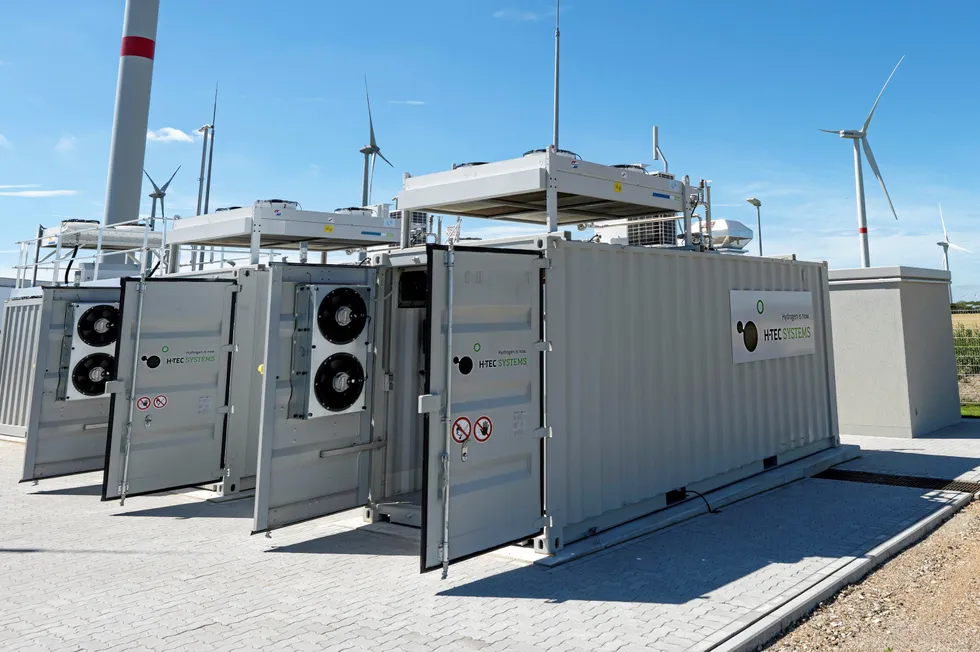Hourly electricity matching is the only reliable way to reduce emissions from green hydrogen: study
Annual correlation of additional renewable power can push green H2 carbon intensity above that of blue hydrogen made with abated fossil gas, say German researchers
